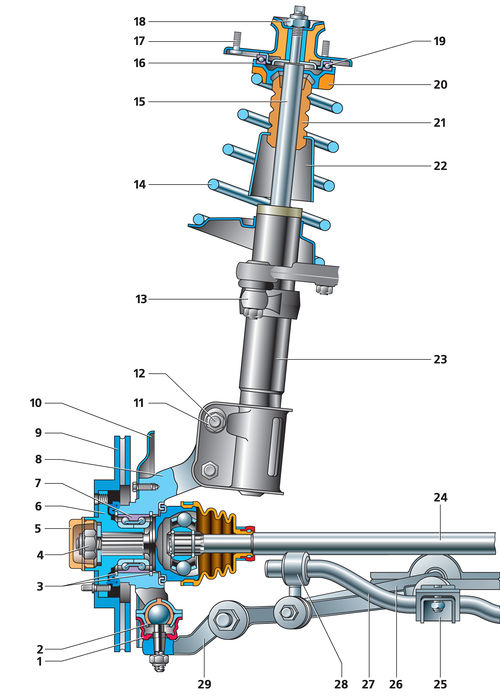
Front suspension:
1 - case;
2 - ball bearing;
3 - retaining ring;
4 - hub bearing nut;
5 - protective cap;
6 - hub;
7 - hub bearing;
8 - knuckle;
9 — a disk of the brake mechanism of a forward wheel;
10 - shield of the brake mechanism;
11 - nut;
12 - eccentric (adjusting) bolt;
13 - rotary lever;
14 - front suspension spring;
15 - shock absorber rod;
16 - the upper cup of the spring;
17— the upper support of the shock absorber;
18 - shock absorber rod nut;
19 - bearing of the upper support of the shock absorber strut;
20 - spring gasket;
21 — front suspension compression stroke buffer;
22 - protective cover;
23 — telescopic rack;
24 - front wheel drive shaft;
25 - bracket for mounting the cushion of the anti-roll bar;
26 — stretching the front suspension;
27 — bar stabilizer bar;
28 — anti-roll bar;
29 - front suspension arm.
Front suspension - independent with telescopic hydraulic shock absorber struts, helical conical springs, lower wishbones with extensions and anti-roll bar.
The basis of the suspension is a telescopic hydraulic shock absorber strut. Its lower part is connected to the steering knuckle with two bolts. The top bolt passing through the rack bracket hole has an eccentric collar and an eccentric washer. Turning this bolt adjusts the camber angle of the front wheel. The telescopic strut is equipped with a helical conical spring, a polyurethane foam buffer for the compression stroke, as well as an upper strut support assembly with a bearing.
The upper support is attached with three self-locking nuts to the mudguard cup of the body. Its design differs significantly from the design of supports used on VAZ-2108-2110 vehicles. Now, instead of a pressed-in thrust bearing, a steel bushing is installed, vulcanized to the rubber massif of the support, which made it possible to eliminate backlash and extraneous sounds.
The thrust ball bearing used in the car has a larger diameter and a different design and is located between the upper support and the spring. Under the weight of the front of the car, the bearing is in a compressed position, which allows you to eliminate all gaps and knocks. The contact area of the balls with the raceways has increased significantly, and consequently, the bearing life has also increased.
In the new design, when the wheels are turned, the strut body rotates along with the spring. In this case, the shock absorber rod remains stationary and the connection of the rod with the shock absorber guide sleeve wears out less. A telescopic hydraulic shock absorber is installed in the rack housing.
The lower part of the steering knuckle is connected to the lower suspension arm through a ball joint. The support is attached to the steering knuckle with two bolts (the holes in the steering knuckle are not through). When unscrewing these bolts, be careful: they often break with considerable effort, so tap their heads in the axial direction before disassembly.
Braking and traction forces during the movement of the car are perceived by longitudinal extensions connected through silent blocks to the lower levers and brackets installed on the lower cross member of the radiator frame. Washers are installed at the connection points (at both ends of the brace) to adjust the angle of longitudinal inclination of the axis of rotation of the wheel.
The steering knuckle is equipped with a double-row closed-type angular contact ball bearing, which is fixed in the knuckle with two retaining rings. The wheel hub is installed in the inner rings of the bearing with an interference fit. The bearing is tightened with a nut on the shank of the wheel drive outer hinge housing. In operation, the bearing is not adjustable. The wheel hub nuts are the same, with right-hand threads.
The anti-roll bar is a spring steel bar. In its middle part there is a bend above the pipe of the additional muffler of the exhaust system.
Both ends of the stabilizer bar are connected to the lower suspension arms through racks with rubber and rubber-metal hinges. The bar in its middle part is attached to the body with brackets through rubber cushions.
Source: http://wiki.zr.ru/143-2_Remont_Kalina

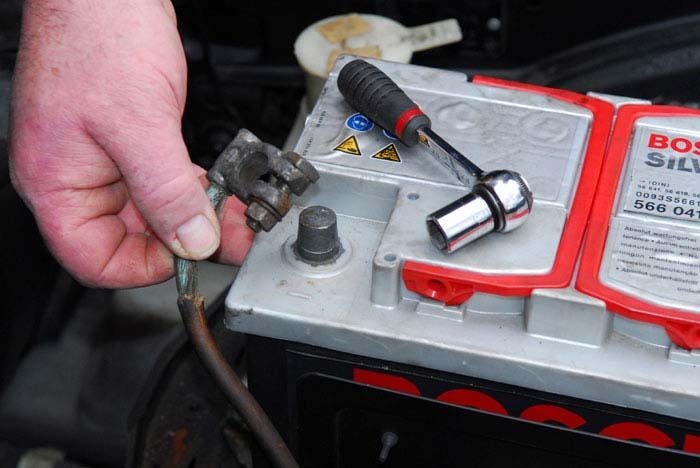
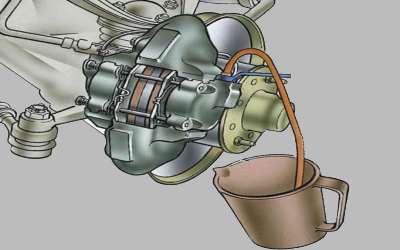
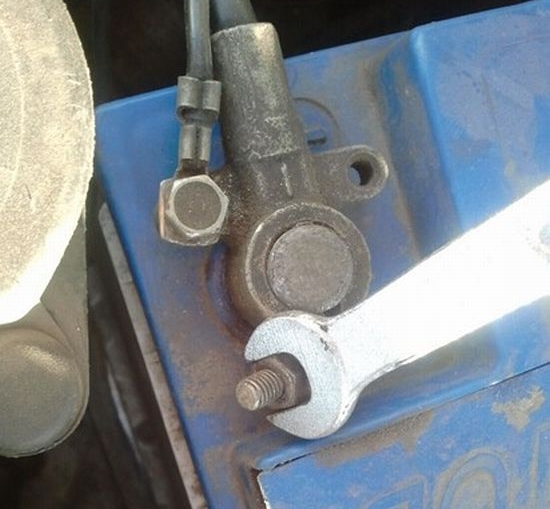

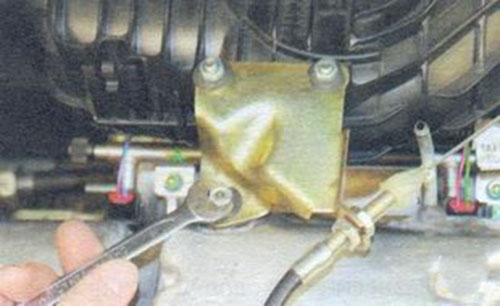
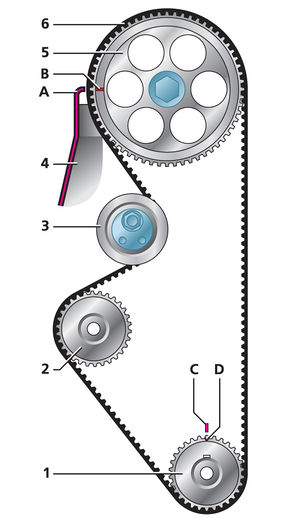
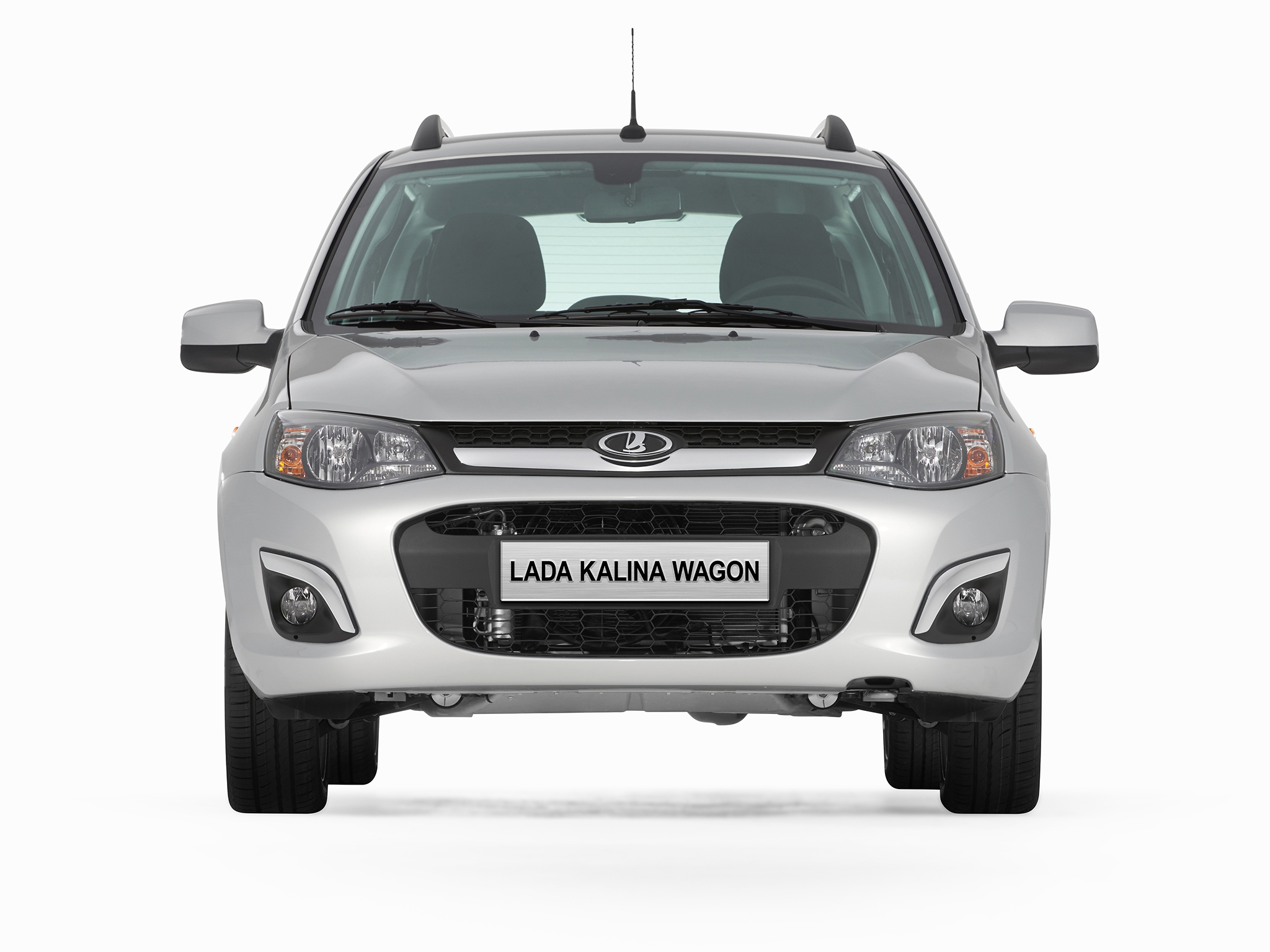
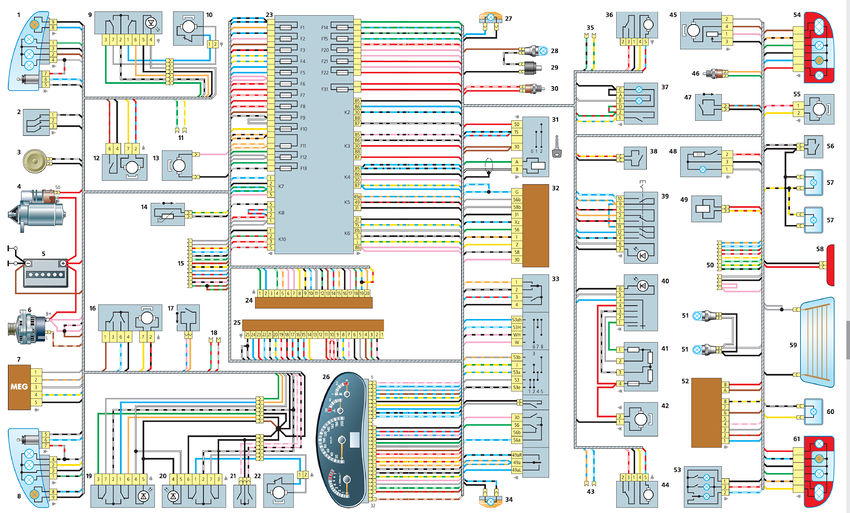
![1 generation [2004 - 2013]](/uploads/Lada_Kalina_2004-2013_._.jpg)